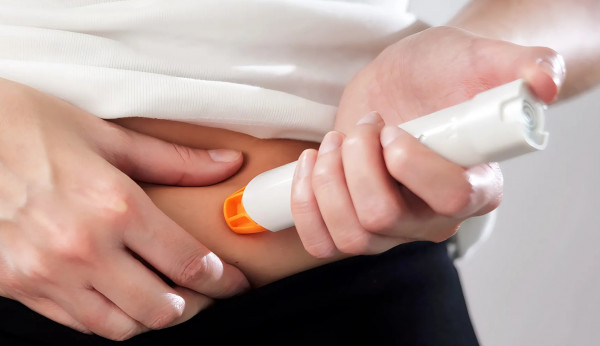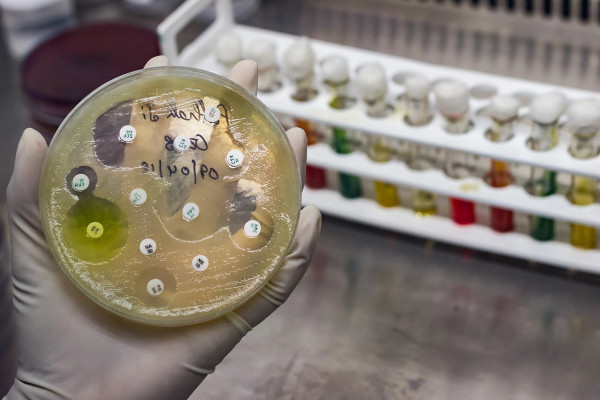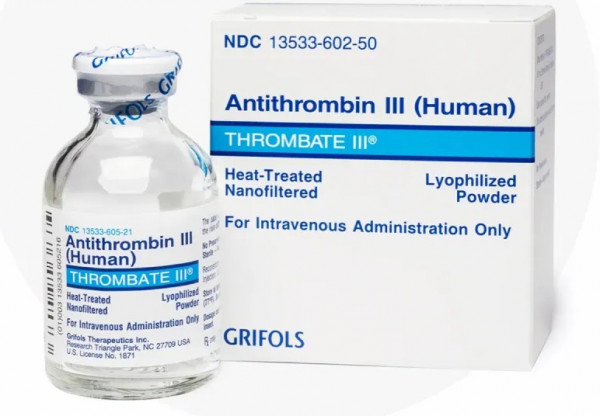
Últimas Noticias en Farma y Tecnología
Recibe diariamente las últimas novedades y cambios en el mundo de la contratación pública, la industria farmacéutica y la tecnología sanitaria.

NOTICIA DE CONTRATACIÓN
Long-term follow-up of switching to biosimilar infliximab
A study of long-term follow-up data after switching to biosimilar infliximab appears to show identical retention rates, according to French researchers [1].
14 Enero 2019 | Fuente original

Data supporting the safety and efficacy of switching to infliximab biosimilars is already available [2]. In particular, Norway’s infliximab switching study (NOR‑SWITCH), a 52-week, randomized, double-blind trial, strongly supports the efficacy and safety of the switch from originator infliximab (Remicade) to the biosimilar infliximab CT‑P13 in patients with stable disease [3]. However, according to Vincent Germain and colleagues from rheumatology departments in Bordeaux, France, long-term follow-up data are required to confirm the efficacy and safety of the switch.
Therefore, the authors assessed the long-term retention rate of infliximab biosimilar CT‑P13 after switching from originator infliximab (Remicade) and compared it with the retention rate observed in a historic cohort of patients treated with Remicade from a previous study carried out by the same group.
In their previous real-life study, the authors demonstrated a high acceptance of 89% (89/100) and a 72% (64/89) retention rate after a median follow-up of 33 weeks in a cohort of patients with stable rheumatic diseases switched from Remicade to CT‑P13.
In the present study, in the switch cohort, 50/89 (56%) patients were still treated with CT‑P13 after a median follow-up of 120 weeks. Among the 39 withdrawals, 25 (64%) patients discontinued CT‑P13 during the first period of follow-up, whereas 14 (36%) patients discontinued CT‑P13 later. Reasons for stopping CT‑P13 belatedly were: an objective clinical worsening in 5/14 patients, non-serious safety issues in 6/14 patients (psoriatic lesions, digestive disorders, asthenia and subjective neurological symptoms with negative extensive investigations) and stable remission in 3/14 patients. No case of subjective clinical worsening was observed during the second period of the follow-up.
Treatment retention rates were 67% (55/82) for originator infliximab in the historic cohort after a median follow-up of 131 weeks. There was a statistical trend towards more withdrawals in the switch population compared with the historic cohort, as assessed by the log-rank analysis (p = 0.052). After excluding patients without worsening objective clinical activity, this statistical trend faded (log-rank p = 0.673). The authors noted that, interestingly, infliximab retention rates were similar between the switch and the historic cohort when starting the analysis from the end of the first study (log-rank p = 0.708).
According to Germain et al., ‘these results suggest that a nocebo effect may occur in the first weeks after the switch and initially lowers the biosimilar retention rate’. This say the authors has also been ‘demonstrated in previous studies’. After this initial nocebo effect, Remicade and CT‑P13 retention rates ‘appear to be identical, confirming the safety, efficacy and acceptability of the switch in the long term’.
The authors conclude that ‘initial information provided before the switch appears to be crucial for biosimilar acceptance and therefore reducing the nocebo effect’. They add that ‘Patient and physician information on long-term efficacy and safety of biosimilars are consequently a major need to enhance their widespread use’.
Noticias del Día
Habla con Nuestros Expertos
Descubre cómo podemos ayudarte a alcanzar tus objetivos
en el mercado sanitario.





